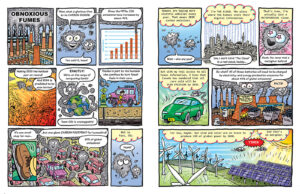
Obnoxious Fumes
A comic by Kevin Frank.


A comic by Kevin Frank.
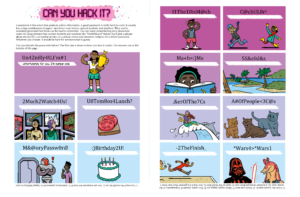
Can you Hack it?
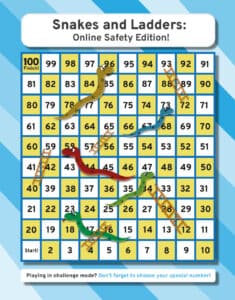
Navigating the internet can feel tricky sometimes, much like a game of Snakes and Ladders. But in this version of the classic game, there’s a twist. The objective is to be the first to reach the 100th square but some squares have snakes and some squares have ladders. Check out Challenge Mode to challenge yourself further.
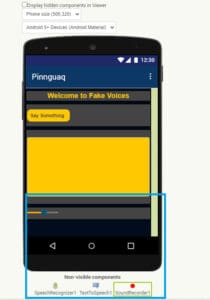
Students explore deepfakes and create a fake voices app using the MIT App Inventor. Learners also explore how deepfakes can pose a threat to online safety and privacy, and how they can have an impact on not only our daily lives but also other areas like commerce, history, crime, and pop culture.
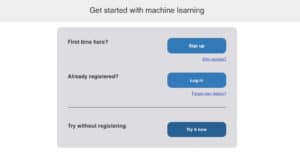
Students learn how computers can process and categorize images. They program and train a computer to recognize certain images and teach it to play Rock, Paper, Scissors.
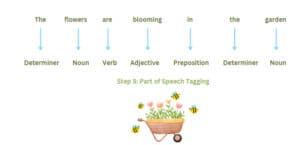
Students learn about natural language processing (NLP) and how it works. They also learn to apply the rules of NLP to a text, how computers identify tag words, and how voice-generated technology impacts many aspects of daily life.
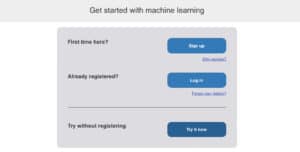
Students explore aspects of AI and develop their own simple AI programs. Then, they connect their newfound knowledge to real-world examples.
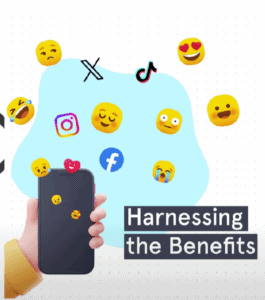
This three-episode series designed for Grade 9-12 students highlights the advantages of technology while introducing potential dangers of the online world and how to avoid them. Each episode focuses on one popular aspect of the digital world: artificial intelligence, social media, and online learning.
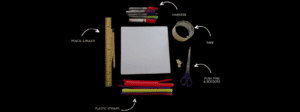
The premise of this experiment is that wind around us can be harnessed, and used for many purposes. It’s a first step to understanding the concepts of renewable energy as well as the historical uses of wind power, and is a starting point to help learners grasp the potential of renewable energy sources.
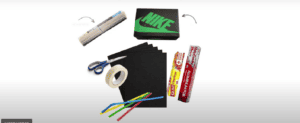
The premise of this experiment is that you can use the sun to “cook” things. It’s a first step to understanding the concepts of renewable energy, and how the sun’s heat can be harnessed as a tool to help us achieve our goals, without using nonrenewable energy sources.
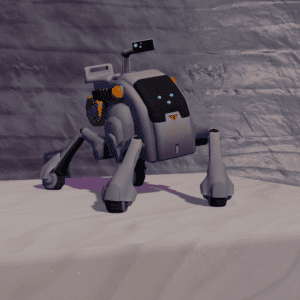
In Rover Fleet Luna you will be an autonomous rover that has awakened alone on the moons surface. You will need to gather supplies and navigate a vast map in order to survive your abandonment on the Moon.
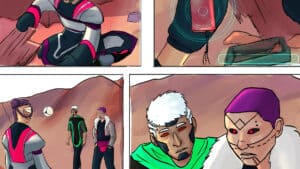
This comic, illustrated and written by Olivia Akeeshoo Chislett, explores concepts of language, culture, and Indigenous futurism.

This activity asks readers to embark on an adventure and meet four different animals along the way. The reader must locate and write down a noun, verb, and adjective for each animal they see as part of their journey’s research.
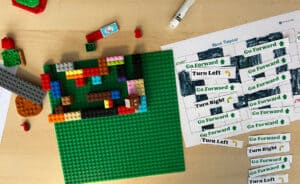
In this lesson, students learn coding basics by building a rudimentary understanding of command codes, sequences, and loops.
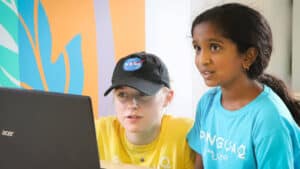
In this lesson, students respond to writing prompts that require them to think about other/diverse perspectives via RAFT-style storytelling:
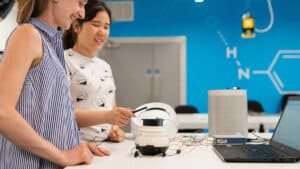
In this lesson, students read a scientific journal paper, examine charts and graphs, and try to decipher data from them. Students extract useful information from the texts and put meaning to the graphs and numbers.

This lesson merges the worlds of artificial intelligence (AI) and poetry. Students read a poem and decipher it to analyze tone, emotions, and symbolism.
How can research into ringed seals and environmental changes provide a better understanding of climate change? Enooyaq Sudlovenick, currently a Ph.D. student, explores research focused on marine mammals and Inuit Qaujimajatuqangit. In this episode, Enooyaq discusses her research of the ringed seal and how she considers both Western knowledge and Inuit Qaujimajatuqangit in her approach to research.
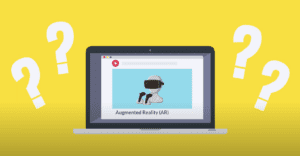
This video dives into the wonderful interactive world of augmented reality, demonstrates how it differs from virtual reality, and shows how it is being utilized for language and literacy education.
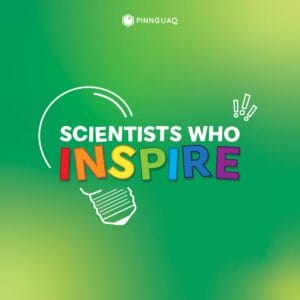
Learn about the pioneers of science and the characteristics that allowed them to thrive! Wilhelm Röntgen: Curiosity This episode takes a look at Wilhelm Röntgen and how curiosity helped him in his discovery of the X-ray machine, and how we can be curious about the world just like him. Marie Curie: Confidence This episode takes … Continued
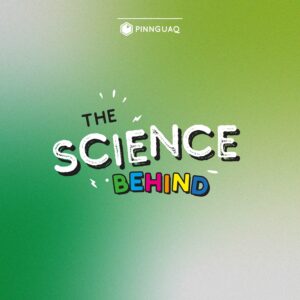
Let’s think like a scientist and find the answers to the questions that make us wonder! The Science Behind podcast series explores the ways in which science is connected to humans and the world around us in an interactive format that follows the scientific method. (The scientific method is the process of testing and experimenting … Continued
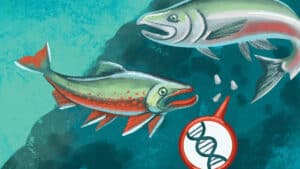
An activity that asks readers to read an ocean and marine life infographic and look closely at the pictures to then see if they can correctly identify and name the animals and devices.